The integration of machine learning (ML) into autonomous vehicle technology marks a pivotal advancement in the quest for fully autonomous driving. Among its myriad applications, machine learning’s role in enhancing vehicle perception capabilities stands out as a cornerstone for the safe and efficient operation of self-driving cars. This article explores how machine learning revolutionizes perception in autonomous vehicles, ensuring they navigate our roads safely and effectively.
The Bedrock of Autonomous Navigation: Enhanced Perception
Perception in autonomous vehicles refers to the system’s ability to identify and understand its surroundings. This includes detecting vehicles, pedestrians, traffic signs, and other relevant objects around the vehicle. Machine learning, with its ability to process and learn from vast amounts of data, is fundamentally transforming how vehicles perceive their environment.
How Machine Learning Elevates Vehicle Perception
- Object Detection and Classification: At the heart of vehicle perception is the ability to detect and classify objects. Machine learning algorithms, particularly deep learning models like Convolutional Neural Networks (CNNs), are adept at analyzing visual data from cameras to recognize different objects. These models are trained on millions of images, enabling them to distinguish between cars, pedestrians, bicycles, and more with high accuracy.
- Semantic Segmentation: Beyond identifying objects, it’s crucial for autonomous vehicles to understand the layout of the environment. Semantic segmentation, powered by machine learning, divides a visual scene into categories such as road, sidewalk, vehicle, and pedestrian. This detailed understanding aids in navigation and decision-making, ensuring the vehicle can plan its path safely.
- Depth Perception and Object Tracking: Machine learning also enhances a vehicle’s ability to gauge the distance to objects and track their movements over time. Techniques such as stereo vision and LiDAR point cloud processing use ML algorithms to estimate distances and predict the future positions of objects. This capability is vital for anticipating potential hazards and adjusting the vehicle’s trajectory accordingly.
- Real-Time Data Processing: One of the biggest challenges in autonomous vehicle perception is processing the enormous volume of data from sensors and cameras in real time. Machine learning algorithms are optimized to run efficiently on onboard computer systems, ensuring that perception data is processed quickly enough to allow for immediate reactions to dynamic road conditions.
The Road Ahead for ML in Autonomous Vehicle Perception
As machine learning technology continues to evolve, we can expect even more sophisticated perception capabilities in autonomous vehicles. Future advancements may include improved algorithms for low-light and adverse weather conditions, enhanced prediction models for pedestrian behavior, and more robust systems for handling the unexpected.
Conclusion
Machine learning stands as a transformative force in the development of autonomous vehicle perception systems. By enabling vehicles to accurately perceive and understand their surroundings, ML paves the way for safer, more reliable autonomous driving. As we continue to refine these technologies, the dream of a fully autonomous future becomes ever more achievable, promising a revolution in how we think about transportation and mobility.





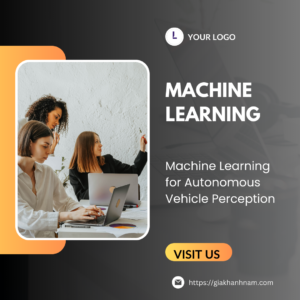



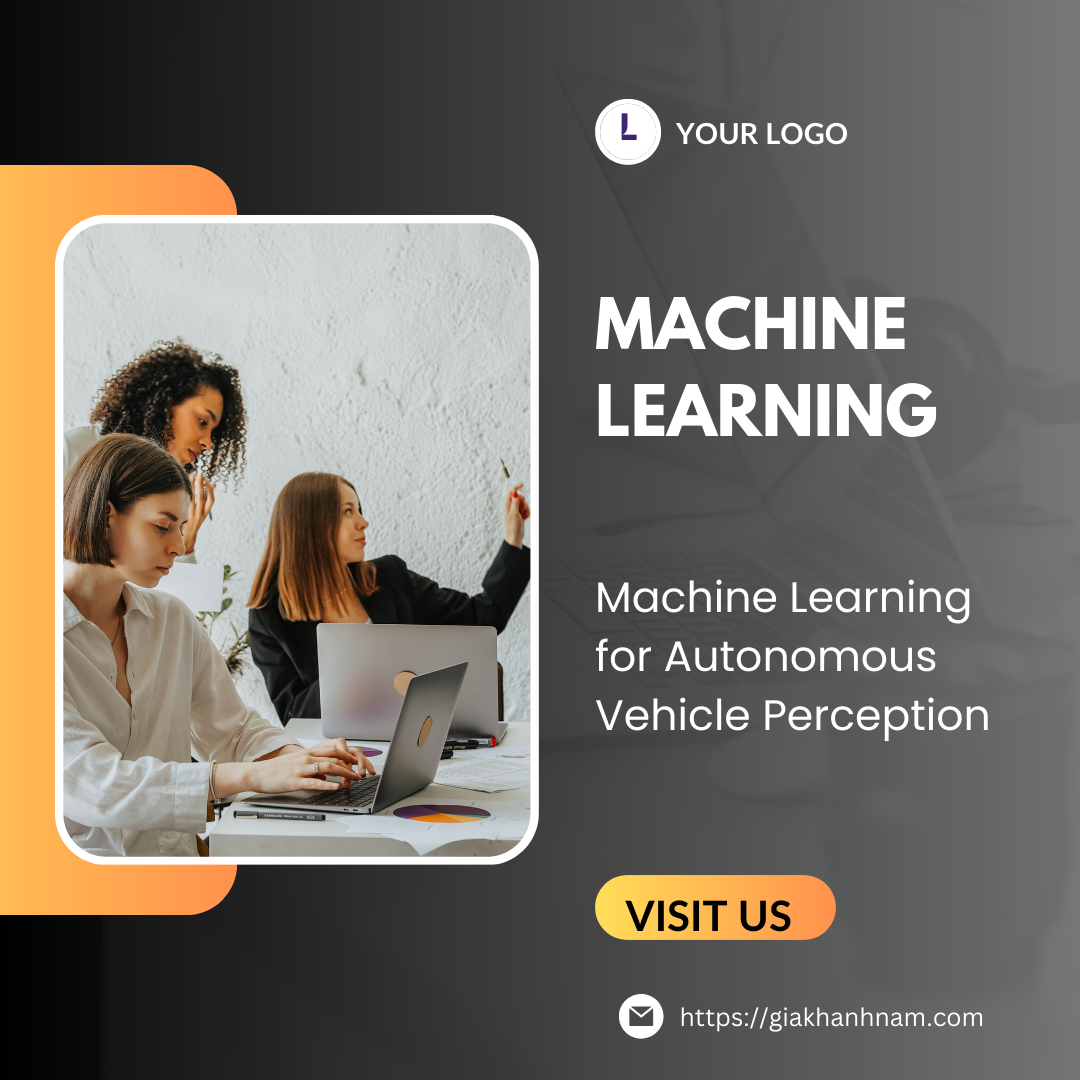


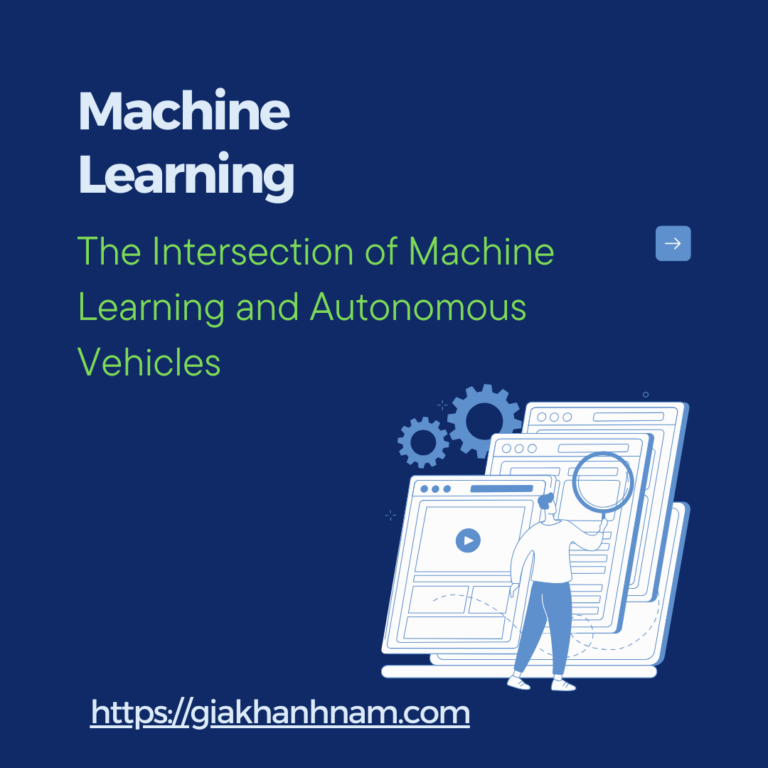





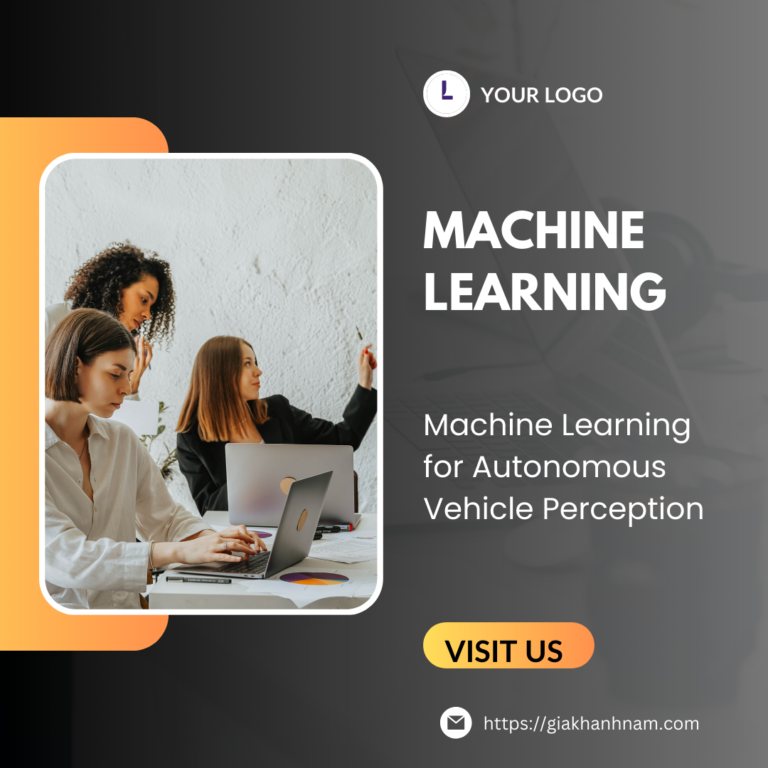
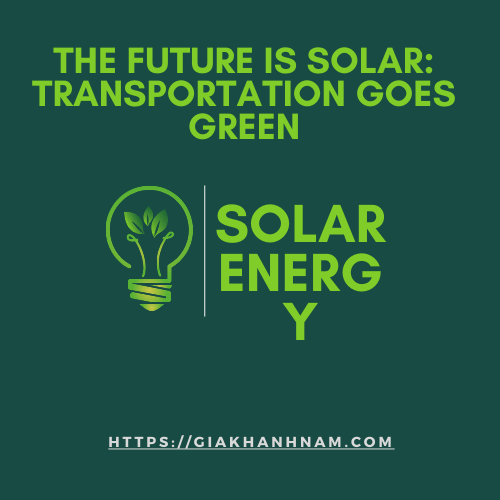
+ There are no comments
Add yours